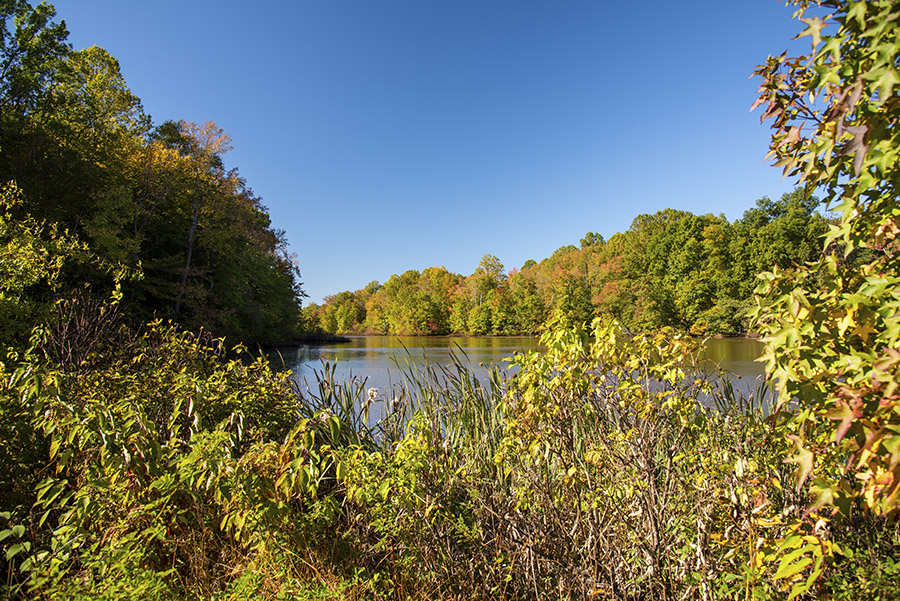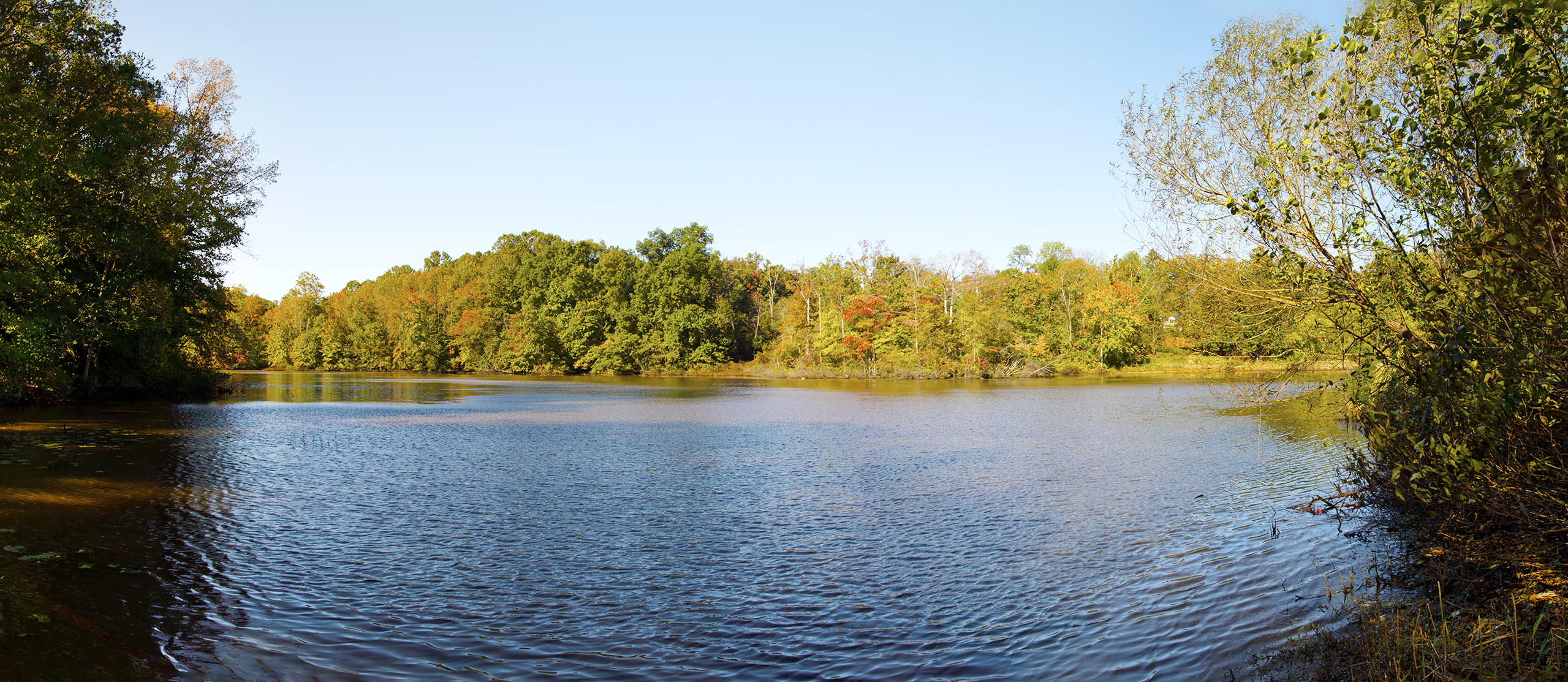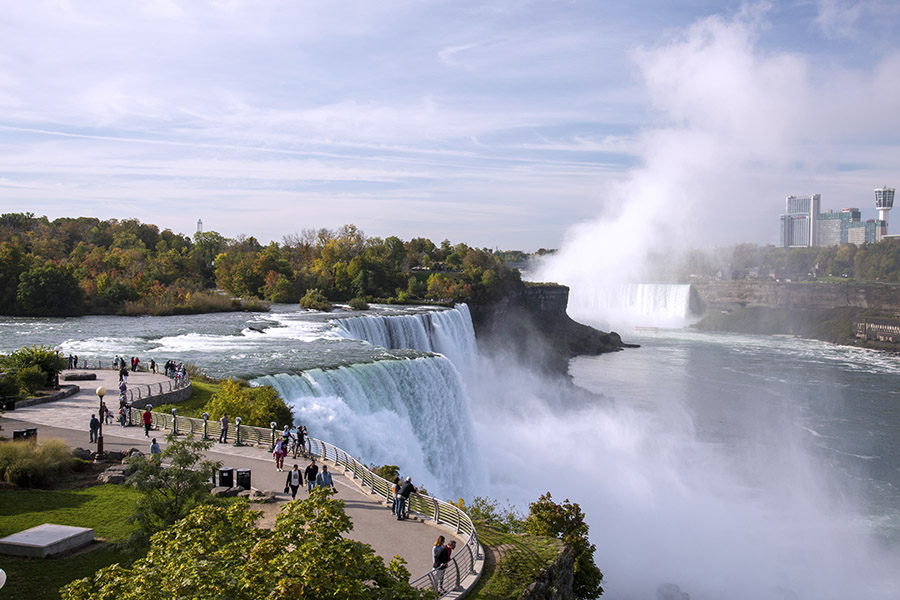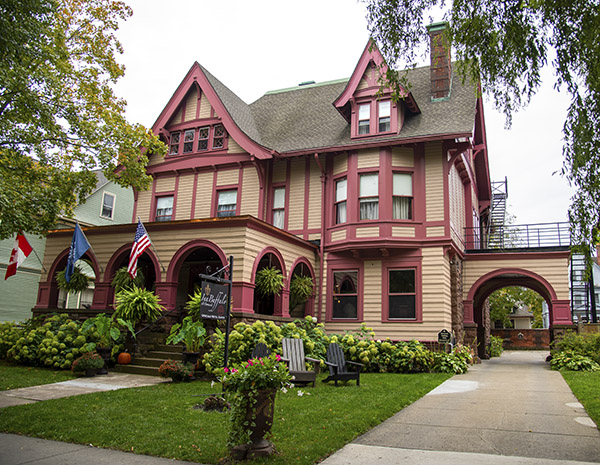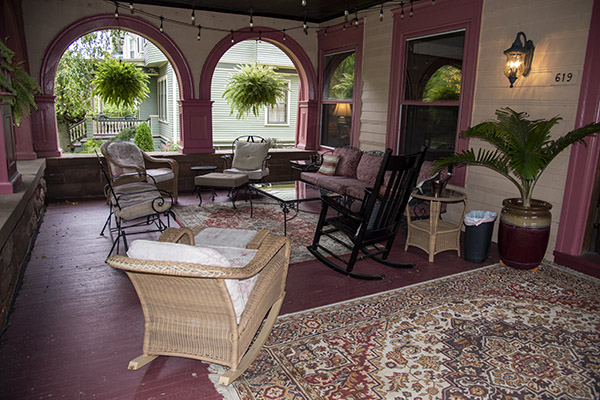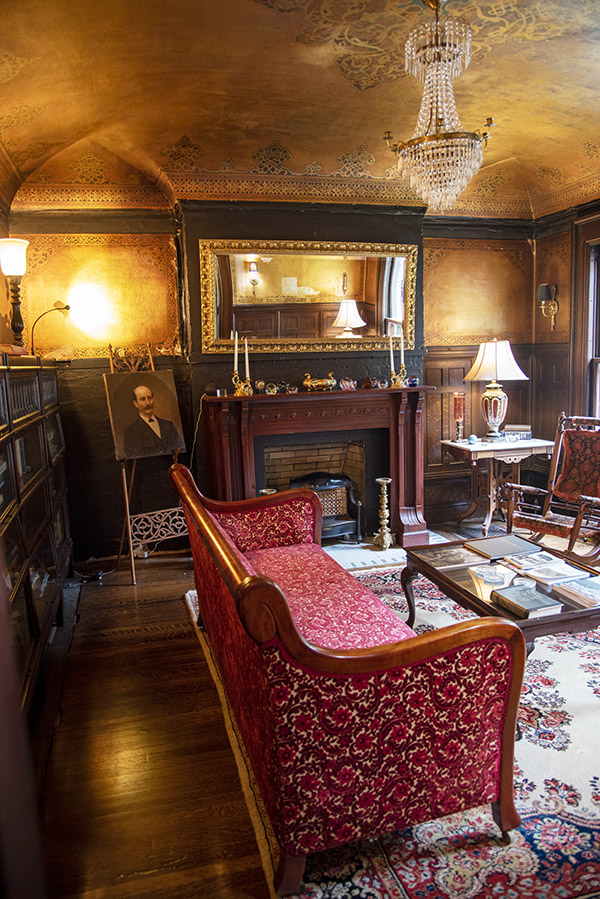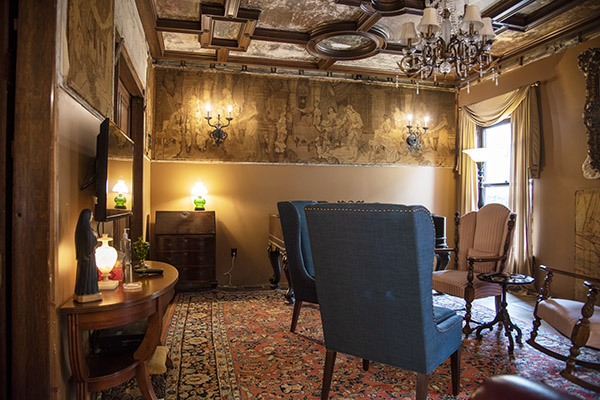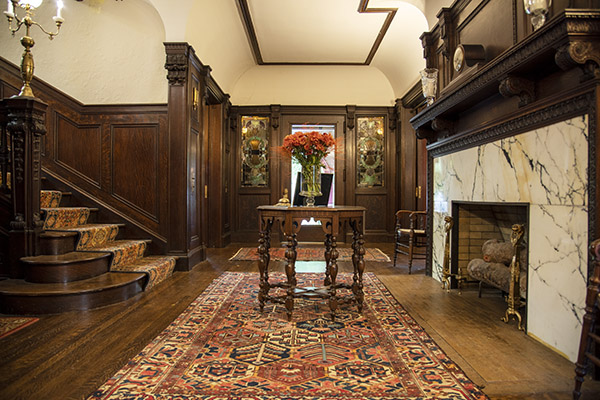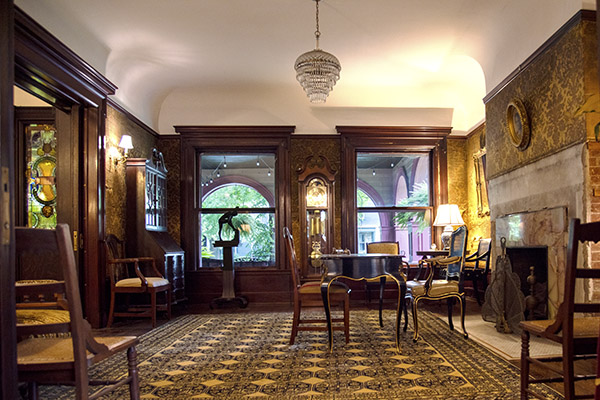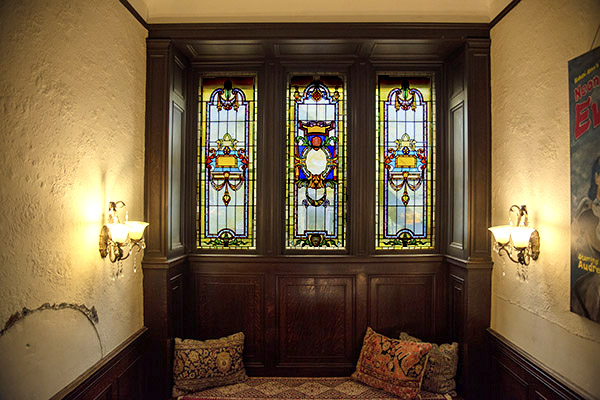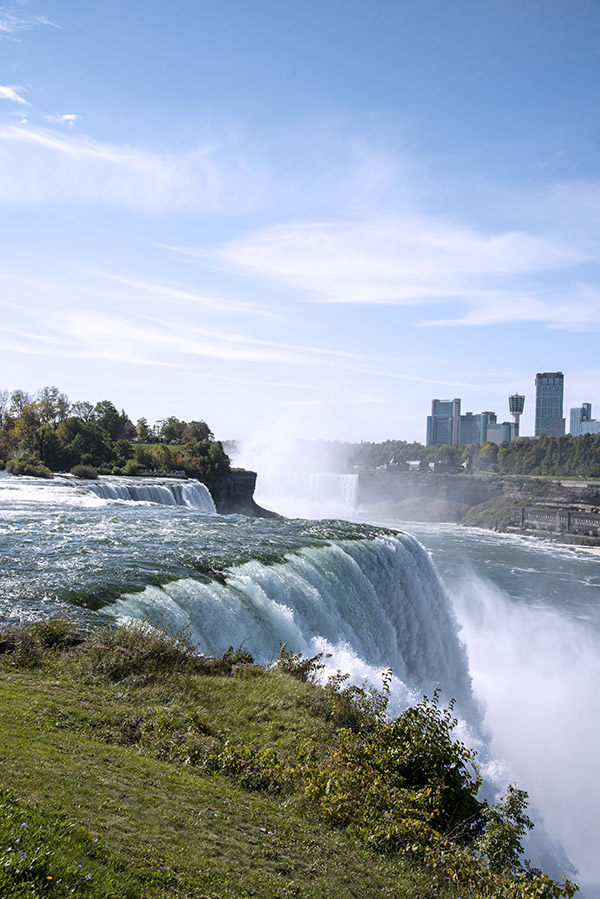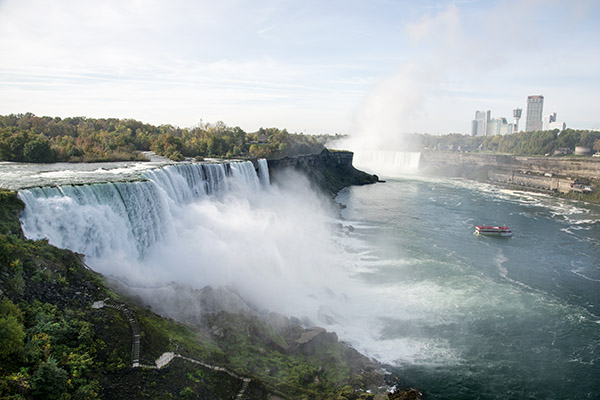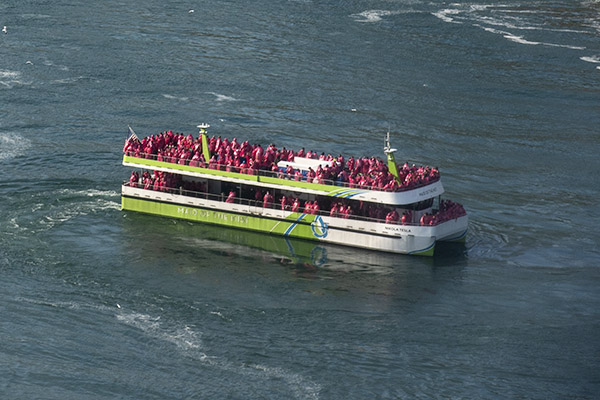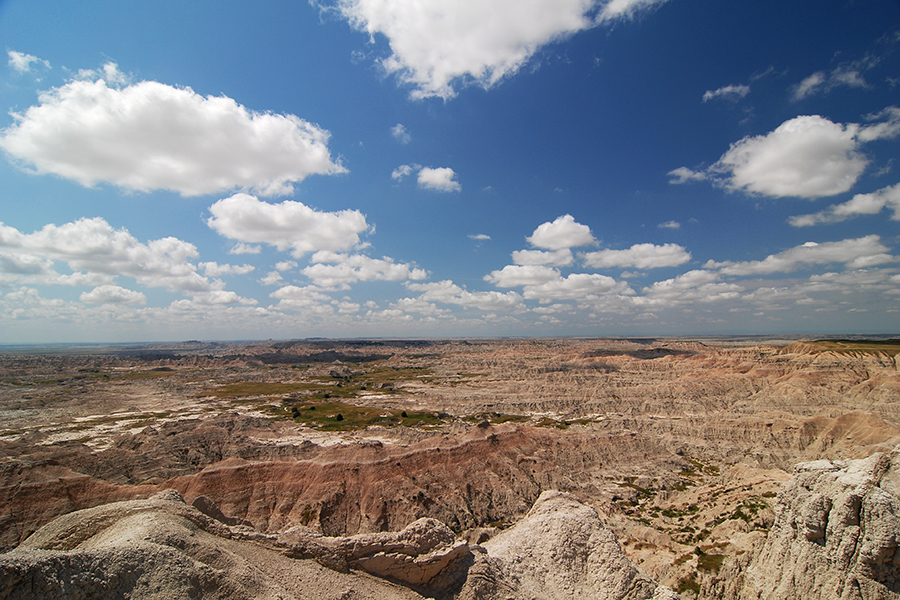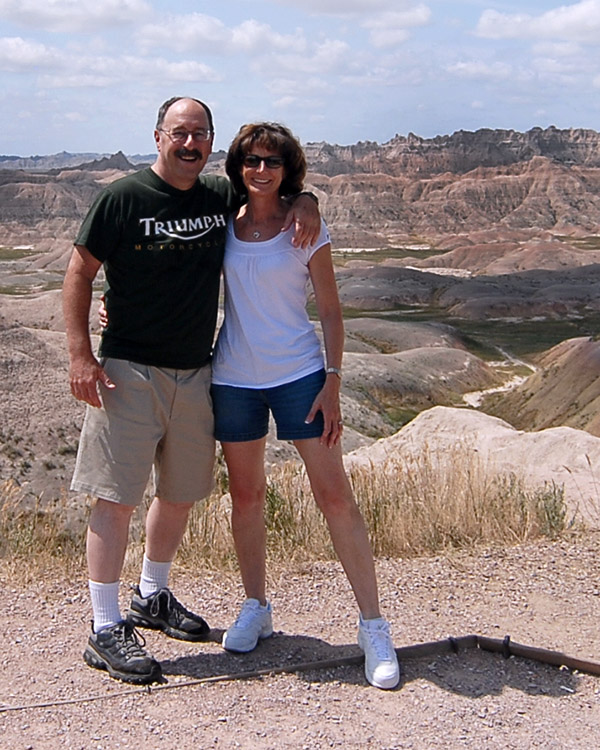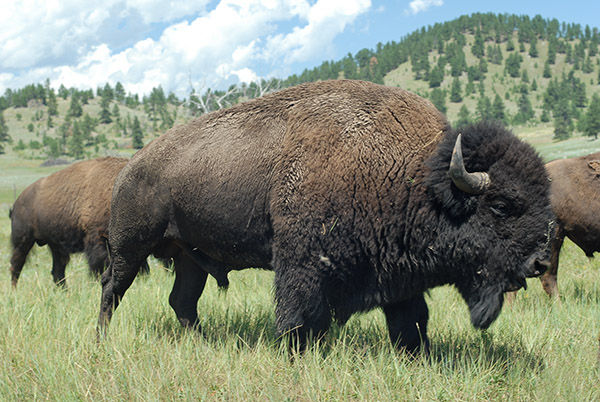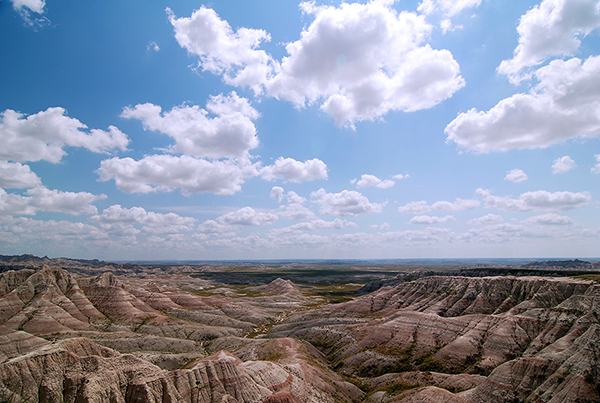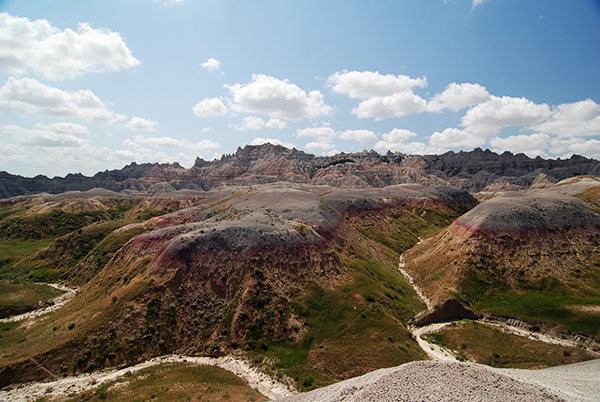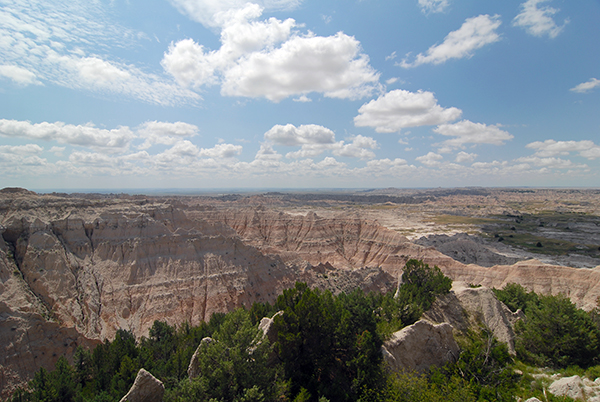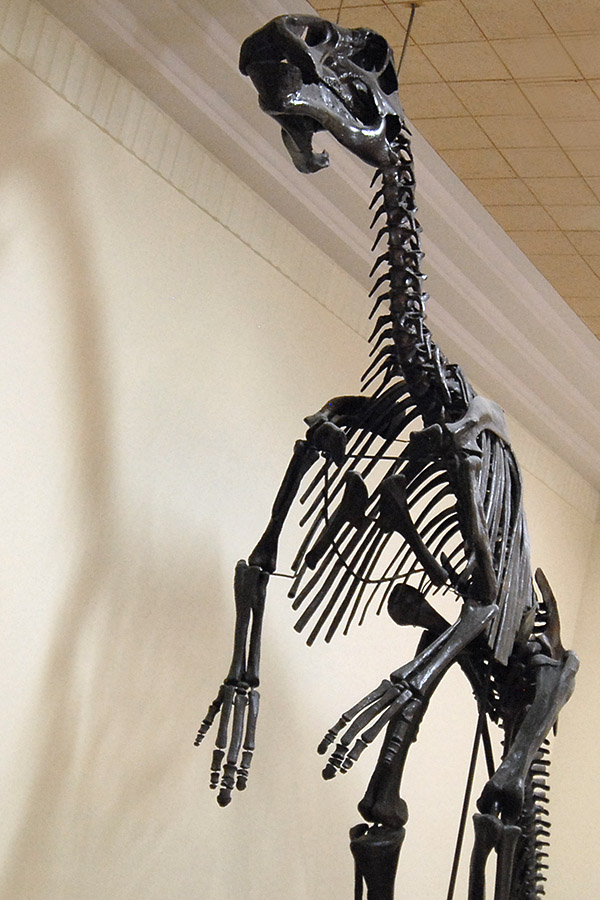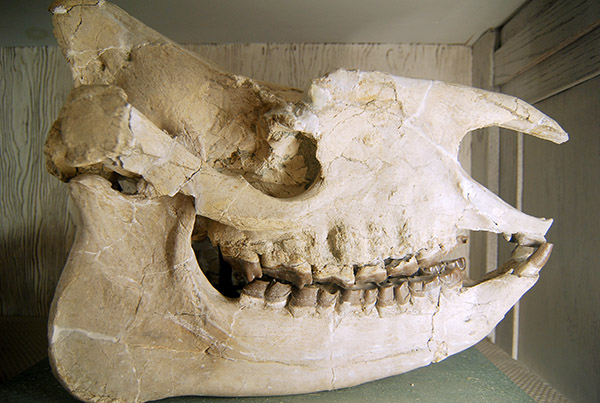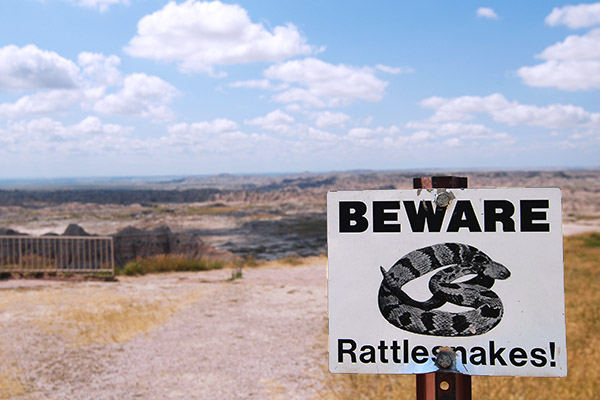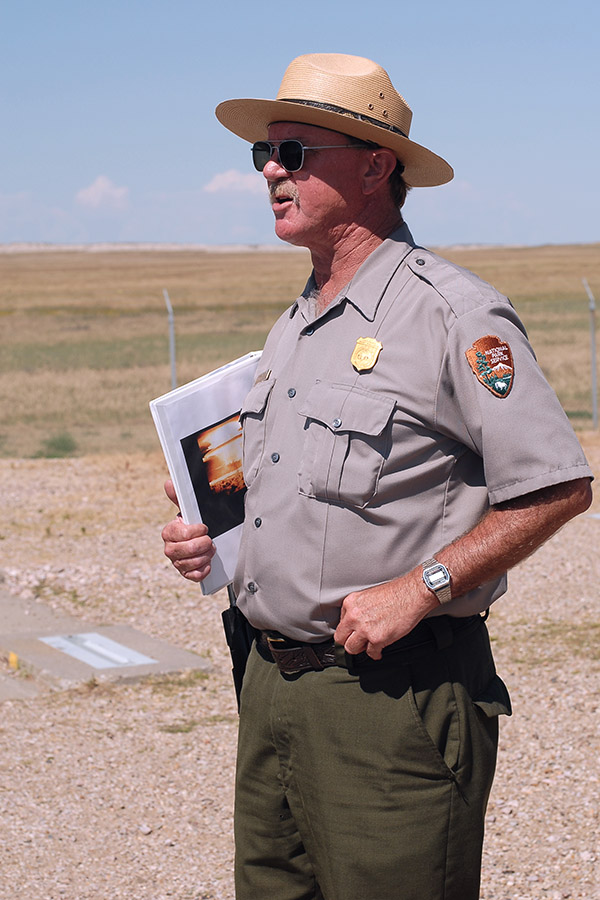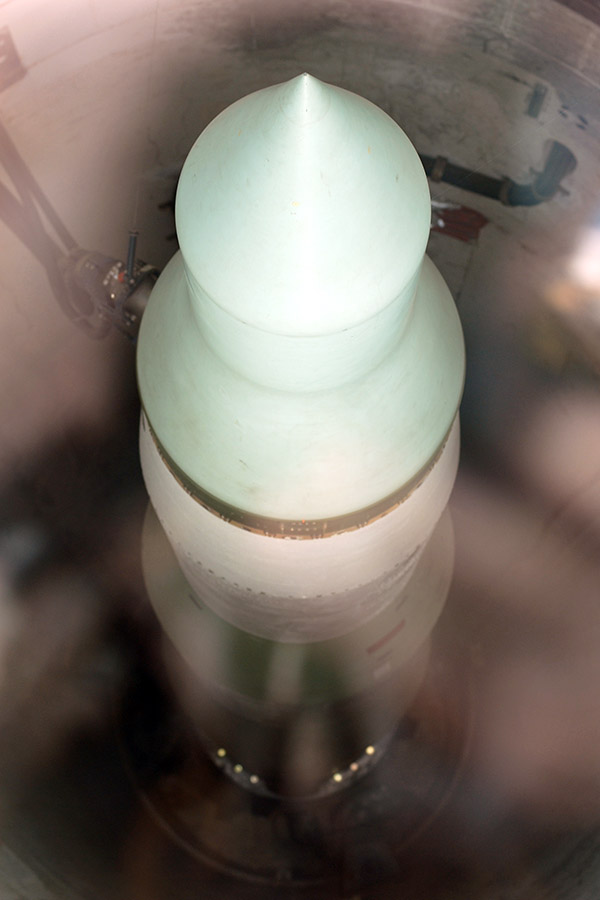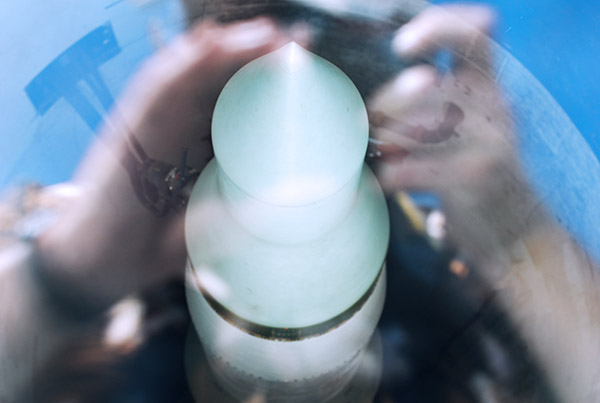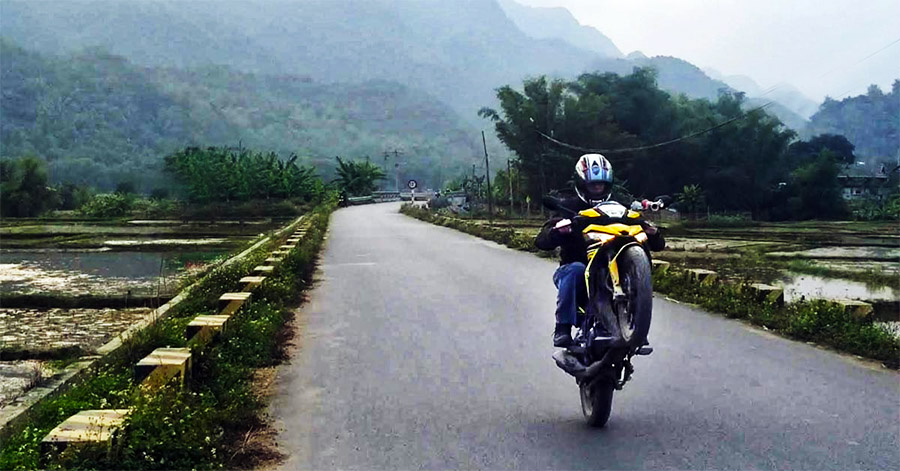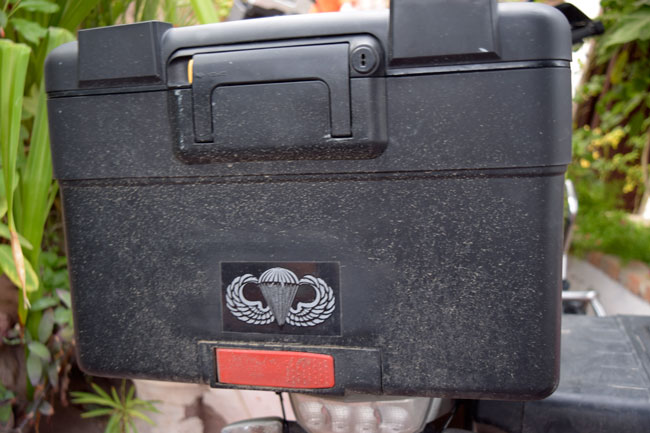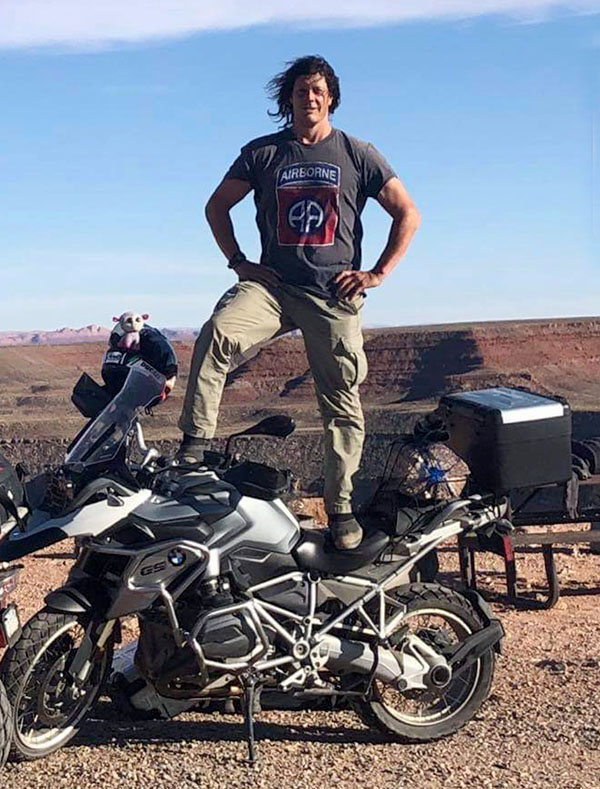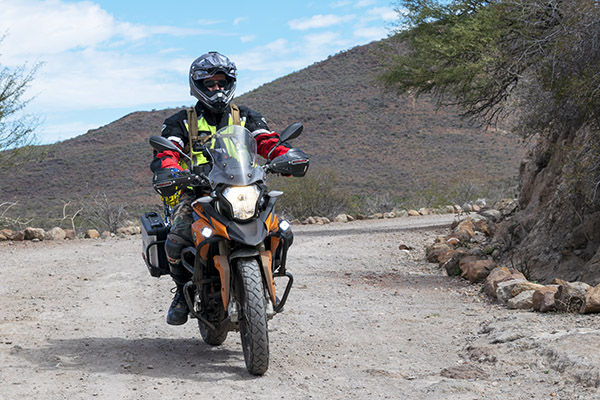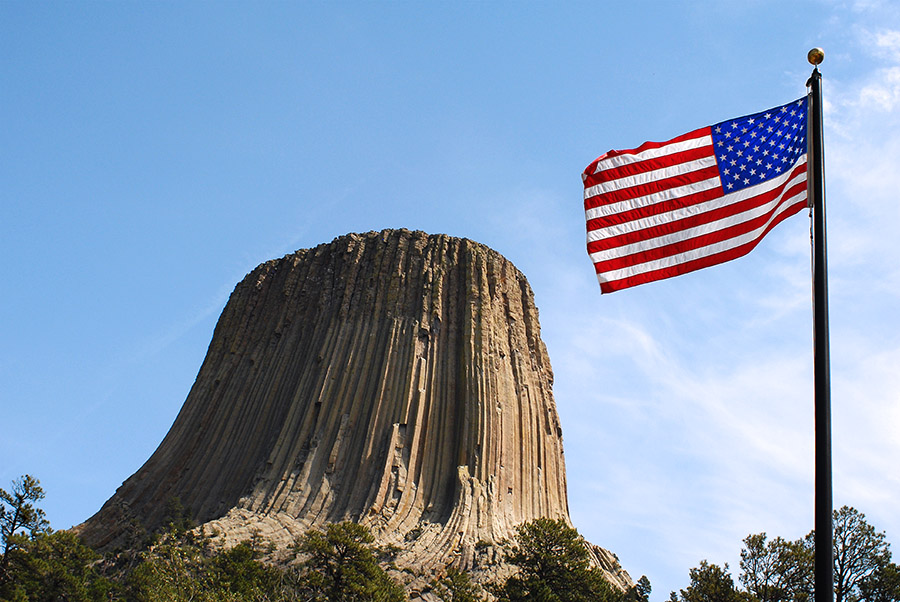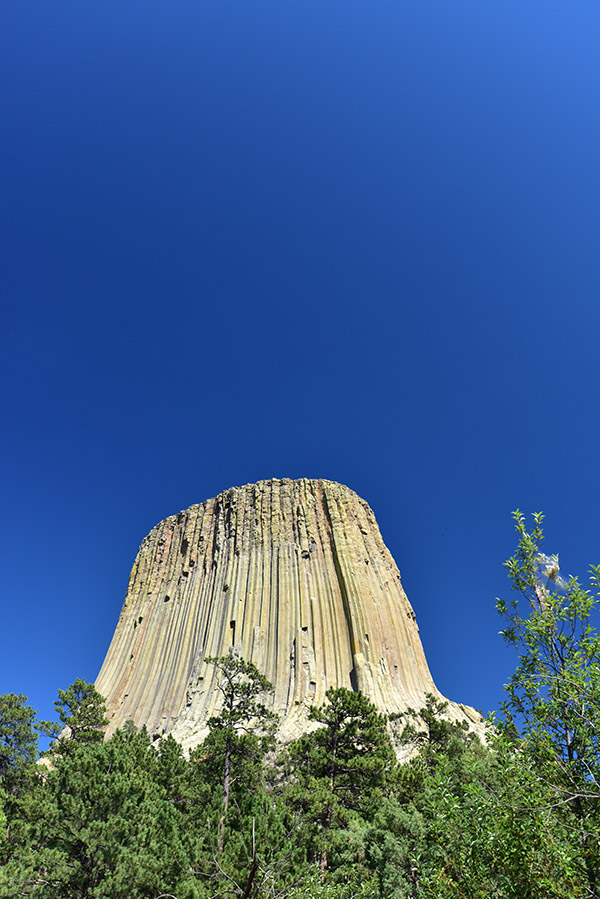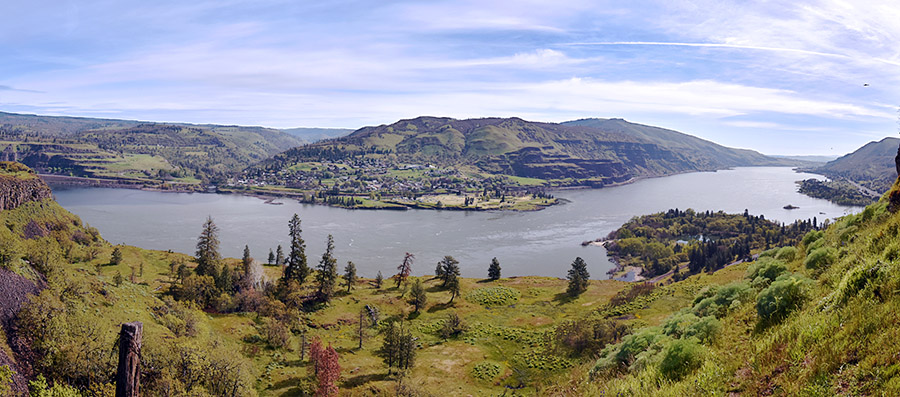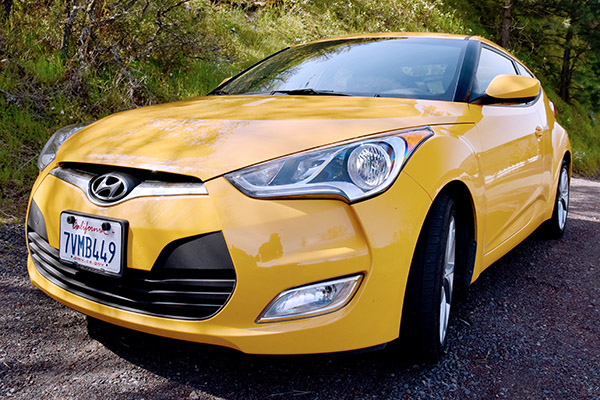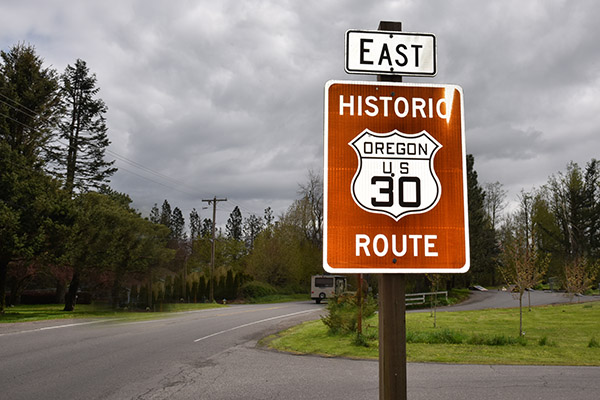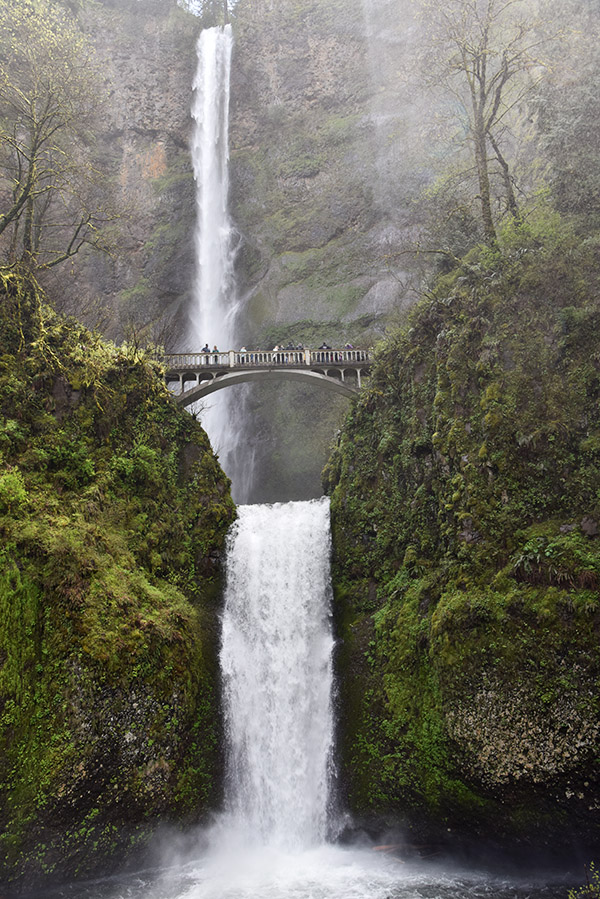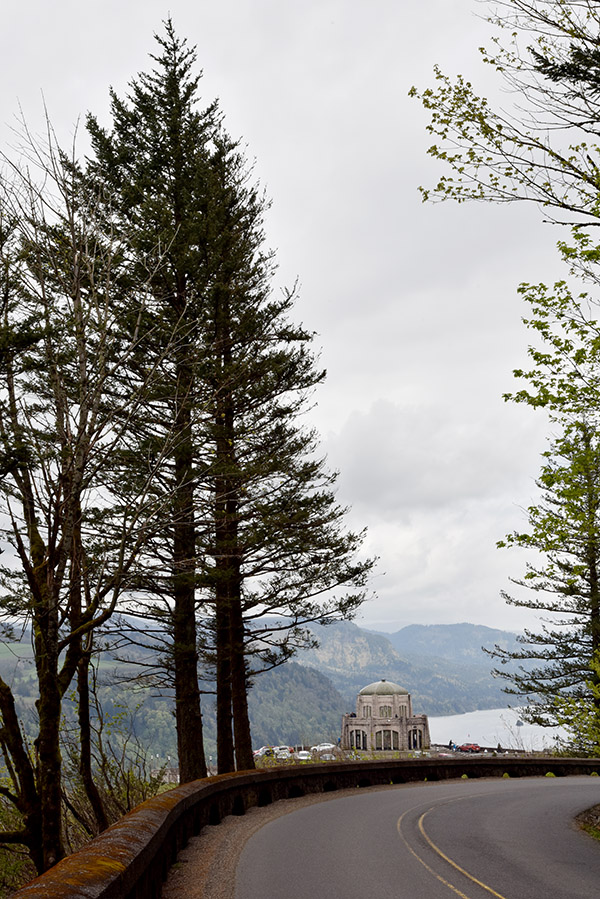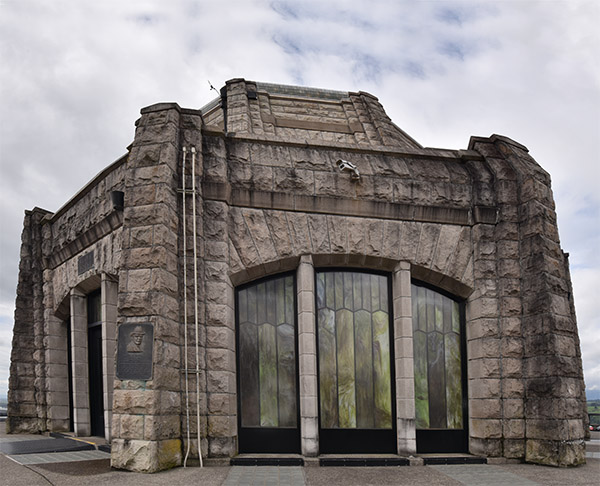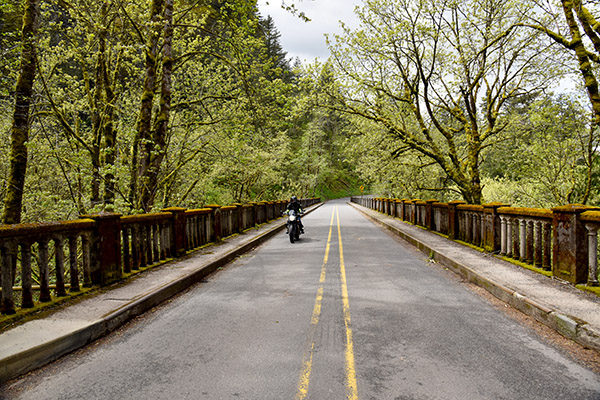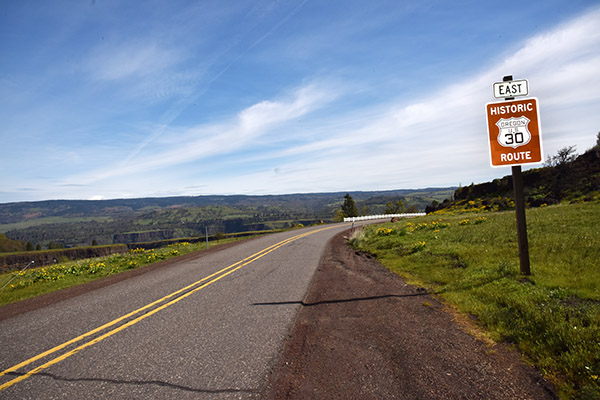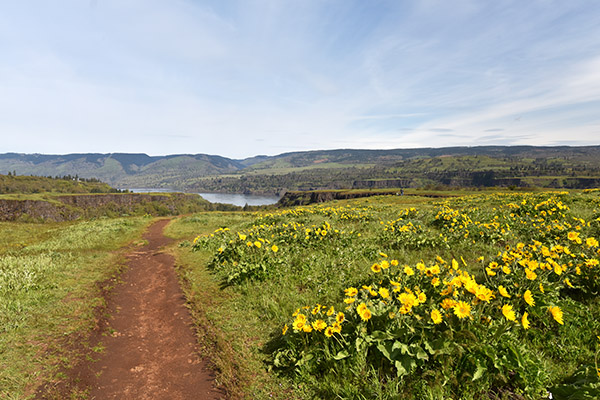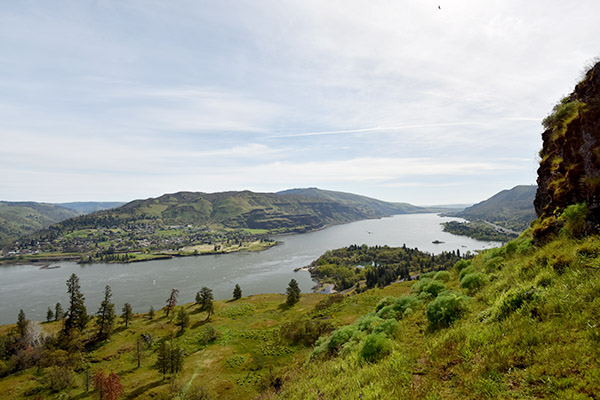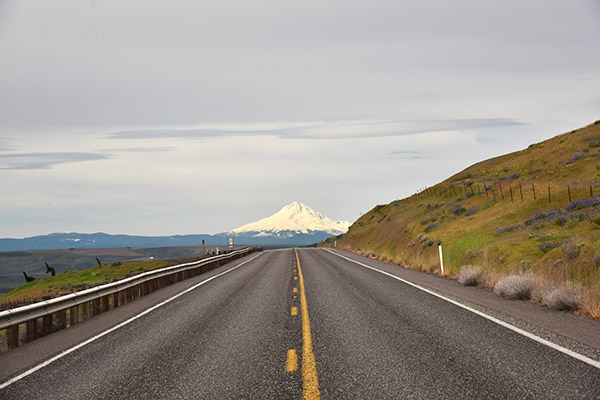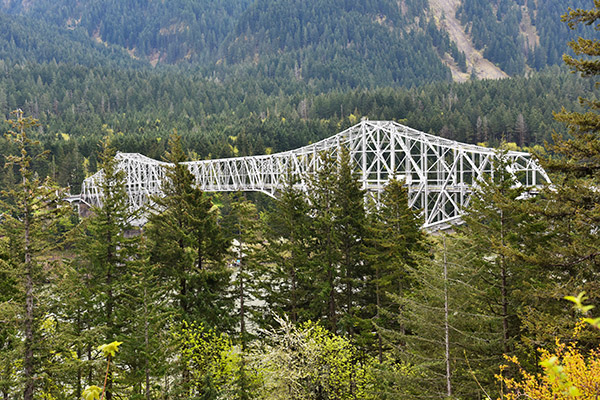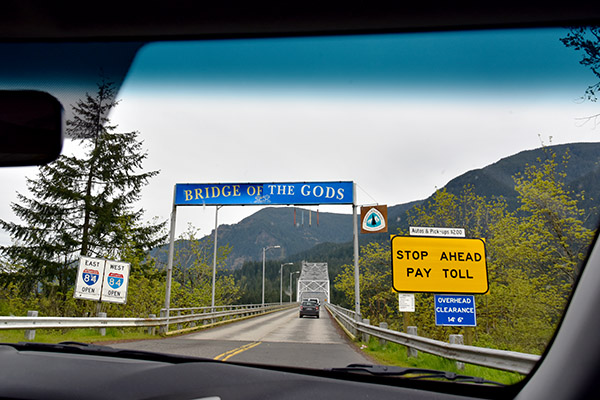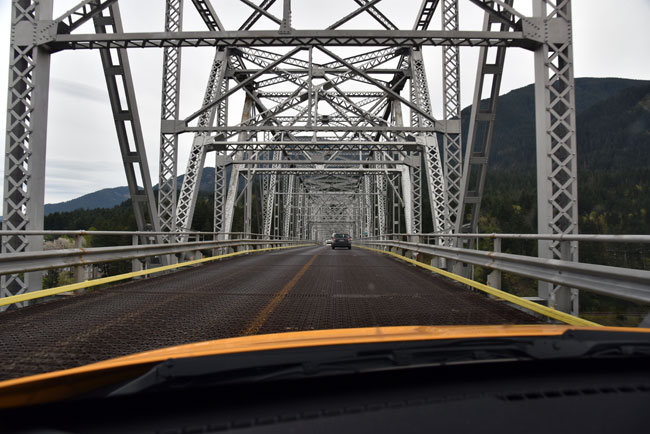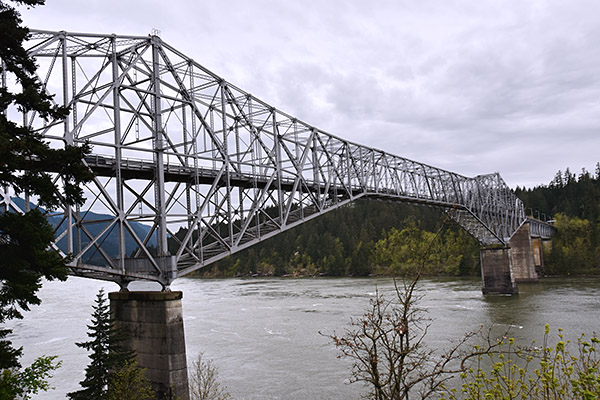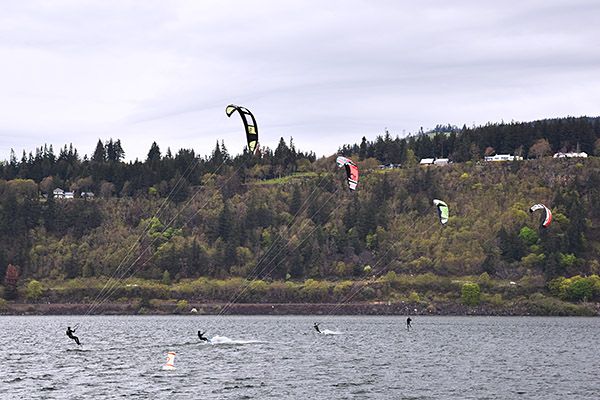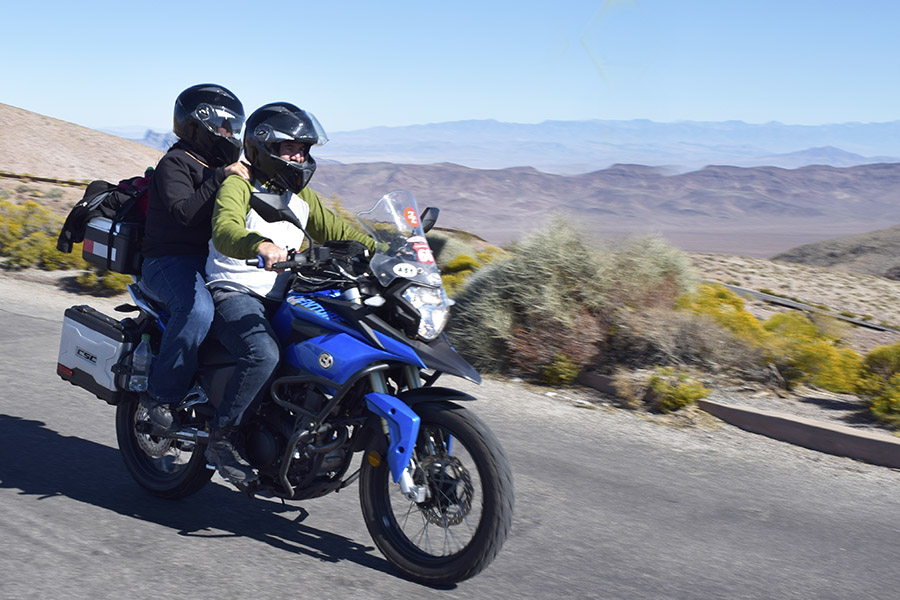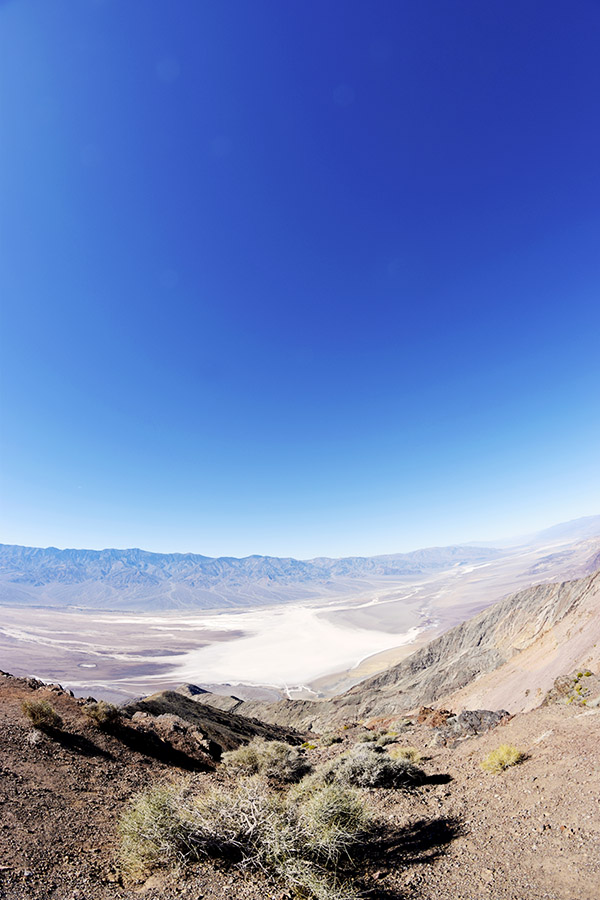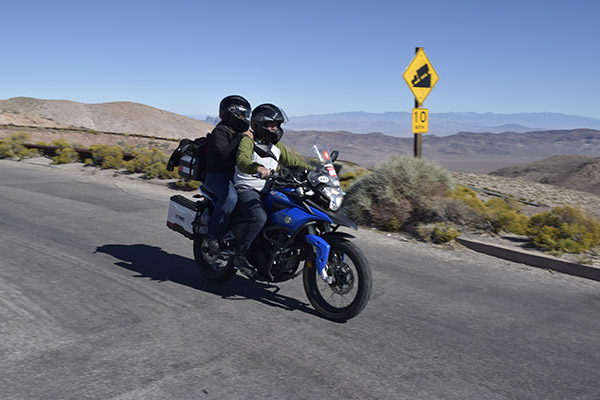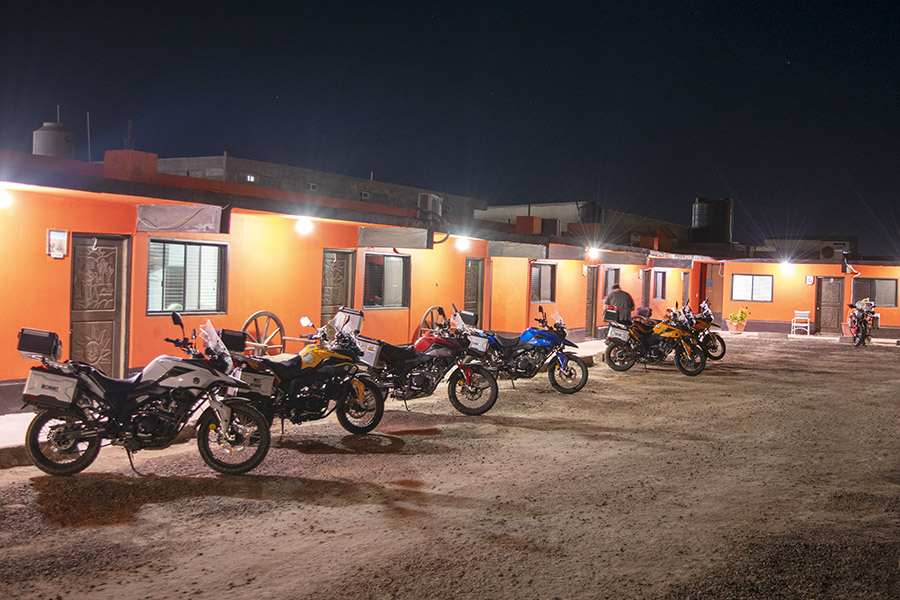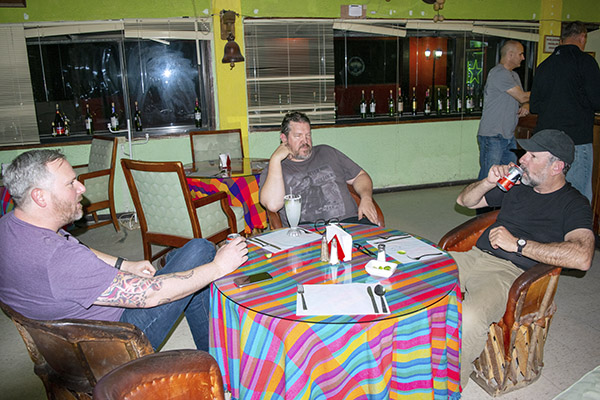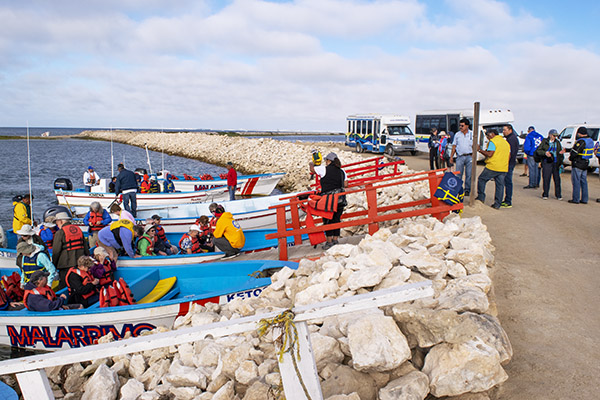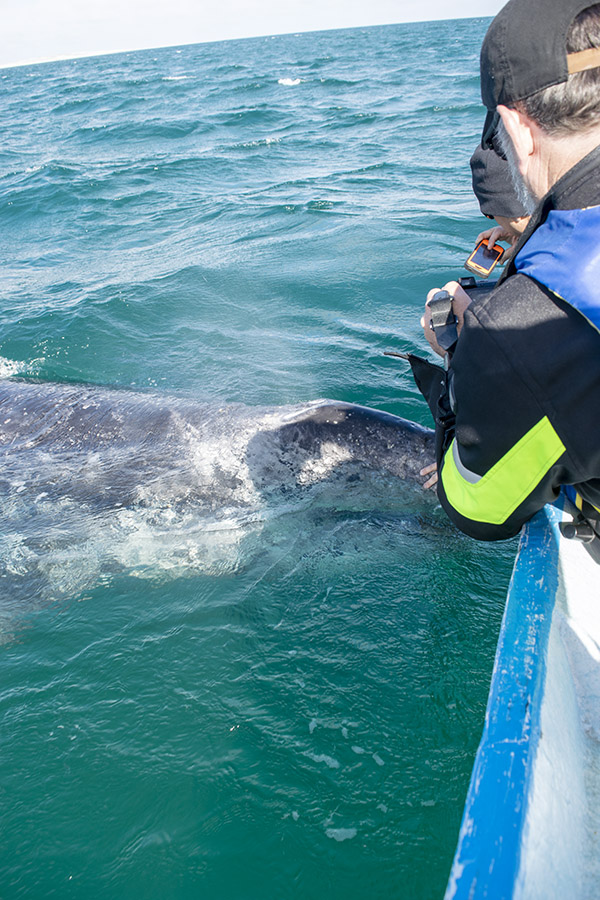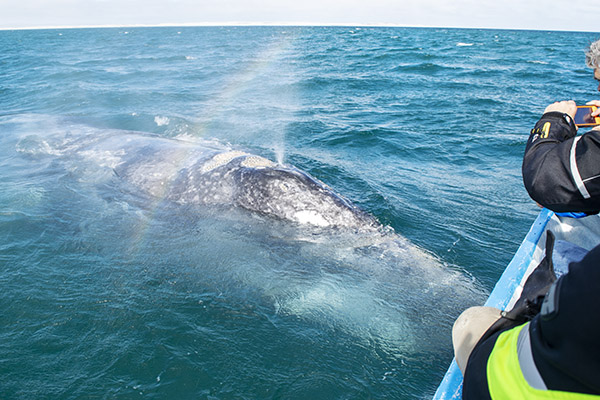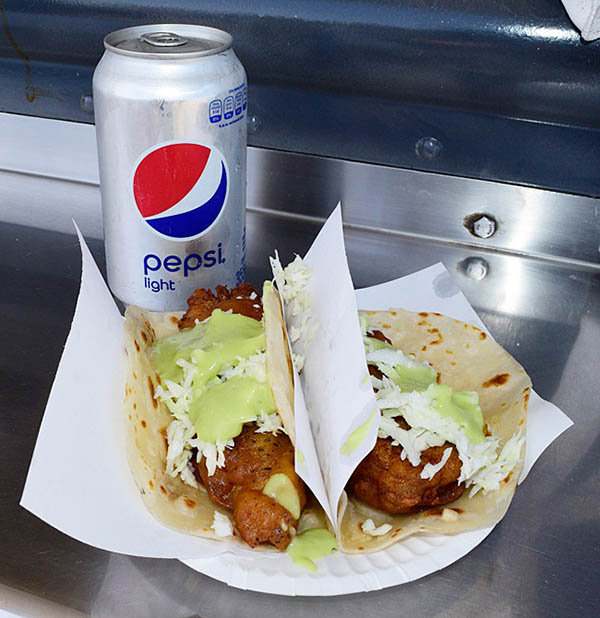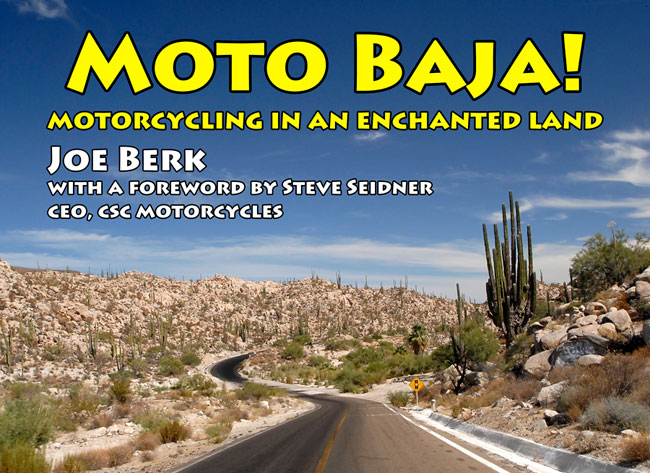When I was a kid growing up in New Jersey (a very rural New Jersey in those days), it was a local challenge to take off your shoes and socks and walk across the dam at the Old Mill. The Old Mill is one of those cool places that attracts kids (even old ones, like me). Remote, interesting, a hint of times past, and plenty of ways to get in trouble. There had been a water-powered mill there decades ago (a common approach to factory power in our early history); now, only the dam and the lake it formed remains. We called the area the Old Mill.
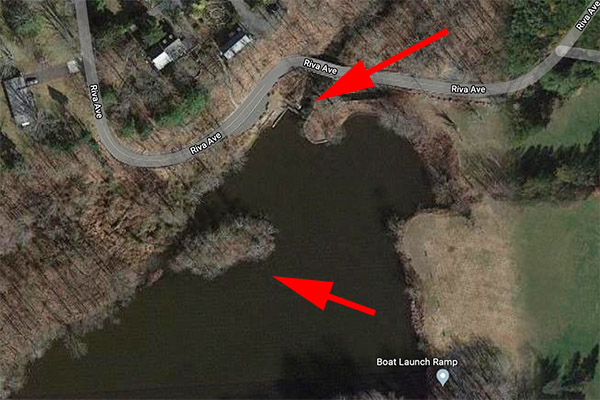
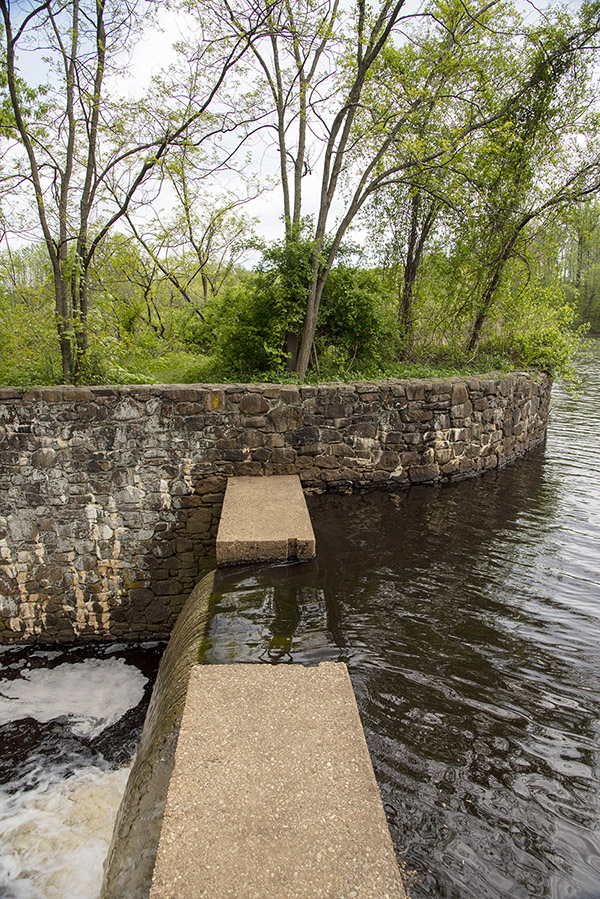
Those were fun times. The Old Mill was a little over a mile from my house and the big adventure when we were kids was to ride our Schwinns there (I wish I still had that bike). Walking across the top in your bare feet was the double dare. The water was about 4 inches deep as it rushed over the top, the dam was coated with algae, and it was slick. And 4 inches of rushing water carried a lot of power. Taking that challenge marked you as a kid of substance (it was sort of a kid’s Combat Infantryman’s Badge). Pauly, Zeb, Verny, my cousin Bobby, me…those were grand times, riding our bikes and pretending they were motorcycles, coasting down Riva Avenue to the Old Mill, and looking for new ways to get into trouble. My Schwinn had chrome fenders and I used to imagine it was a BSA 650 Lightning. Fun times. It’s hard to believe it was 60 years ago.
So, I need to go tangential for a second to give some context to this Old Mill story. When we were kids, my Dad had one cardinal rule I probably heard the day I was born and at least weekly thereafter. It was simple: Never mess with firecrackers. Dad lost two fingers when he was a kid fooling around with firecrackers cutting them up to pour the contents into a pipe to make a bigger firecracker. You know the nutty things kids do. If kids did that today they would be called terrorists. In those days it was just kids doing what kids do. But the results were not good…there was a spontaneous ignition and when it was over, my Dad had two fewer fingers. Hence, the constant Dad drumbeat: Don’t mess with firecrackers.
Well, you might guess where this story is going. I couldn’t wait to mess with firecrackers. My cousin Bobby was 6 years younger than me back then (he still is) and we were thick as thieves when we were kids. One day Bobby, my friend Verny, and I rode our bikes to the Old Mill. Verny had a bunch of firecrackers in his saddlebag. Wow. The forbidden fruit. He even bought matches. Boy oh boy, we were having fun…lighting the things and throwing them out over the water. Bam! Bang! Pow! It was like being in a Batman TV show. Awesome fun. I was playing with firecrackers. It was better than running with scissors.
Boys will be boys, and Bobby was the youngest. It wasn’t too long before Verny and I were lighting the things and throwing them at Bobby. We were all laughing and having a good time. Even Bobby. He thought it was fun, too. Right up until the time one of the firecrackers landed in his collar behind his neck. To this day, I can still see it in slow motion…the little inch-and-a-half Black Cat tumbling through the air, its fuse sparkling, and then lodging in Bobby’s collar. And then…BOOM!
All laughter stopped at that point. Bobby froze, not making a sound after the detonation. The firecracker literally blew all the hair off the back of his head, which suddenly looked like an orangutan’s butt…bright red and bald. Bobby came through it okay. Me, not so much. I knew what would happen when my Dad saw this. It was a death sentence. Verny knew, too. Everybody knew about my Dad and firecrackers. Wow, were we ever in trouble.
Being Jersey boys, we came up with a plan. Maybe if we gave Bobby a haircut, it wouldn’t look so bad. Yeah, that’s the ticket. A quick trim and no one would notice. Ah, if only stupidity were money…I’d be the richest man in the world. We rode our bikes over to Verny’s house, found a couple of scissors, and went to work. After a few minutes, we realized what a sorry state we were in. Instead of just looking like a kid who had all the hair blown off the back of his head, Bobby now looked like…well, a kid who had all the hair blown off the back of his head and a really bad haircut. We were cooked.
All three of us rode to Bobby’s house, where my Uncle Herman (my Dad’s brother) took everything in with a single look. Herman had been there when Dad lost his fingers (which, when I think about it, would have been about 90 years ago now). Uncle Herman knew what the outcome would be if my father ever found out what we had done…I wouldn’t have made it to adulthood, and you wouldn’t be reading this blog. So he did me a whale of a favor…he and Bobby stayed away from our house until Bobby’s hair grew back. Uncle Herman, you’ve been gone for more than half a century now, but trust me on this…I’m still grateful!
Susie and I were in New Jersey a couple of weeks ago and we did what we always do when we’re back there: We visited the Old Mill. The leaves were turning colors and it was spectacular. Visiting the place always brings back memories…especially the ones above.
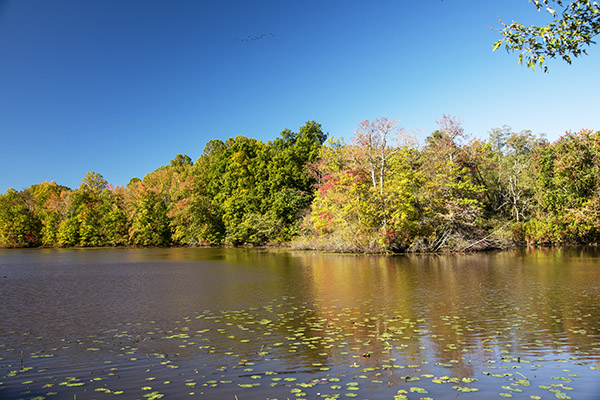
The Old Mill was built by the Davidson family (a nearby road is called Davidson’s Mill Road). I have no idea what they milled and I couldn’t find anything about it on the Internet. There was a another mill a few miles downstream that processed snuff (a major industry in this area a hundred years ago), so maybe it was a snuff. Whatever. The mill is long gone, but the dam remains and the area is a county park today.
As I was snapping photos, I noticed a blue-gray speck in front of the little island near the dam (there’s an Uncle Herman story about that island, too, and I’ll get to it in a second). I zoomed in, and it was a blue heron. I’d seen them here before. I wished I could have gotten closer, but my 120mm lens and Nikon’s vibration reduction technology did the trick for me.
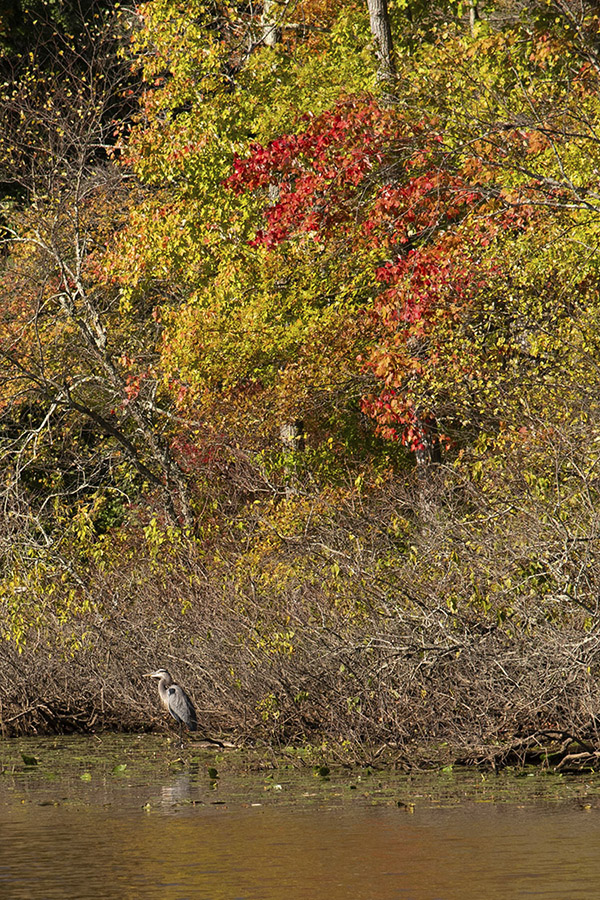
Once when I was a kid, I rowed my little aluminum boat here all the way from my house. The creek behind my place (Lawrence Brook) flowed to the Old Mill and beyond. Uncle Herman, Bobby, my cousin Marsha, and I were having a good time as I rowed toward that island when we suddenly heard a god-awful hissing. A goose was flying straight at us, low over the water, with what appeared to be a 10-foot wingspan (it probably wasn’t that big, but the overall effect was one of sheer terror and if that goose was trying to intimidate us, it succeeded). The goose had a nest on that island, and we were where the goose didn’t want us.
When I visited the Old Mill earlier this year, the water snakes were out in full force and I photographed a large one below the dam. You can read more about that in the blog I did a few months ago. There are a lot of cool critters in these waters, including frogs, several species of turtles, pickerel, sunfish, and snakes. Good times for kids. It was a good place to grow up.
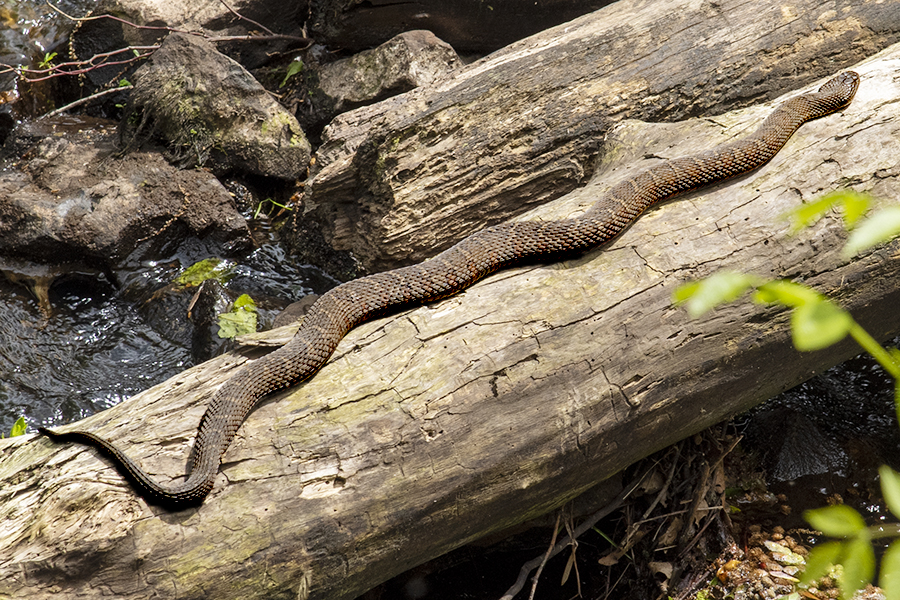
On this most recent visit, we were in New Jersey just as the leaves were turning colors. This last photo is one I stitched together in PhotoShop. A click will enlarge it, and then click on it again to see it full size.
Subscribe here for free!

